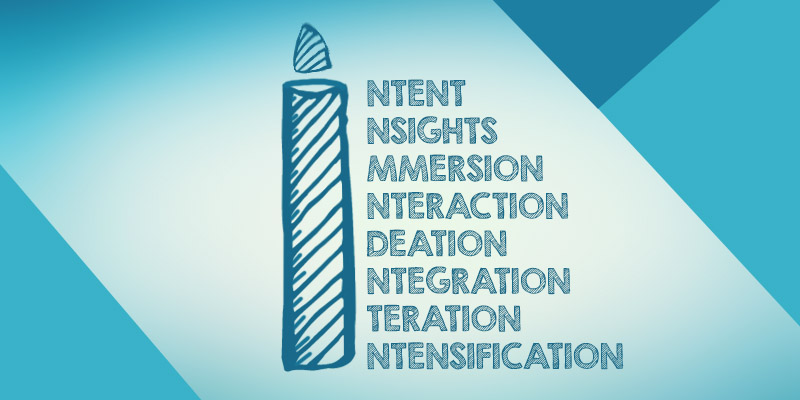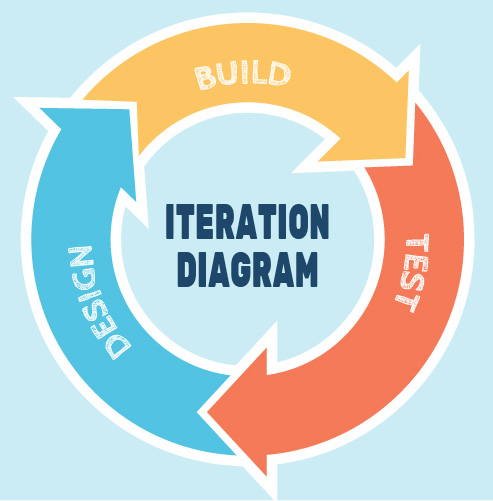Infinite Innovation
via the 8 I’s of DT

1. Intent
Intent to launch a new product or service is driven by the awareness that something profound has changed, inspiration to do something new, or a hunch that the market needs a new kind of offering.
This can be due to personal motivation, an external problem to solve, or a resolution to make some dream come true. This desire can create a vision and mission for a founder or a strategic conversation in a larger firm.
2. Insights
Insights from gathering more intelligence about the domain, ecosystem and potential customers. Interviews with experts and trend reports from market research firms help set the broader context. Personal anecdotes and even notable travel experiences are useful here to frame and re-frame the issues.
3. Immersion
Inspired by ethnographic and anthropological research, this step consists of suspending judgement and taking a ‘deep dive’ into the customer environment. Immersion can help discover blind spots and get past prior bias, and converts hunches into informed guesses. User journey maps and cultural archetypes are tools that can be deployed here.
4. Interaction
With specific objectives as well as empathy in mind, this step now consists of dialogue and interviews between the creative team and potential customers. The key aim is to test and validate assumptions about current and unarticulated user needs in a specific problem area.
For example, many B2B start ups interact with corporate employees, CIOs and CTOs to flesh out the broader context for their proposed workflow solutions.

5. Ideation
Begin brainstorming sessions about what approaches and products may work or how existing products can be modified, with divergence (accumulating a wide range of ideas, including wacky and crazy ones) and convergence (whittling the list down to more feasible options).
Clustering techniques, storyboards, provocative ideation, role play, visualisation and creative documentation are useful techniques in this step. Moving back to Interaction may also be needed here to flesh out ideas in more detail. Product components and features will be conceptualized in this stage, possibly with multiple versions.
6. Integration
Multi-disciplinary perspectives are now brought in at this stage, with inputs from development, design, marketing and competitive intelligence perspectives. These feed into the creation of a series of prototypes, demos, mock-ups or virtual renditions, to be tested in parallel with different user groups.

7. Iteration
Although the previous stages are now subject to systematic iterative testing, it may be necessary to revisit them to see why the use case scenario perhaps did not work out as anticipated. Mistakes should be seen more as invalidated assumptions. Development paths or features may be ruled out.
Feedback loops should be short, and pace of testing should be fast to weed out unwanted options. Experimentation can lead to pivots if major changes are needed, in which case the original intent may need to be modified.
8. Intensification
Only at this stage are you ready for a full launch of the product or service, with subsequent marketing plans and customer support once the product is ready.
You may now have a clue what the product road map looks like, what adjacent or new products can be planned in different scenarios, and how you can differentiate from and outpace the competition. However, each will need to go back into the loop of the 8 I’s.

Design thinking can help organizations deal with:
Emerging frontiers in this space include:
In this context, design thinking is a practical tool for entrepreneurs and innovators to ensure their organization stays at the cutting edge of The Knowledge Cycle:
